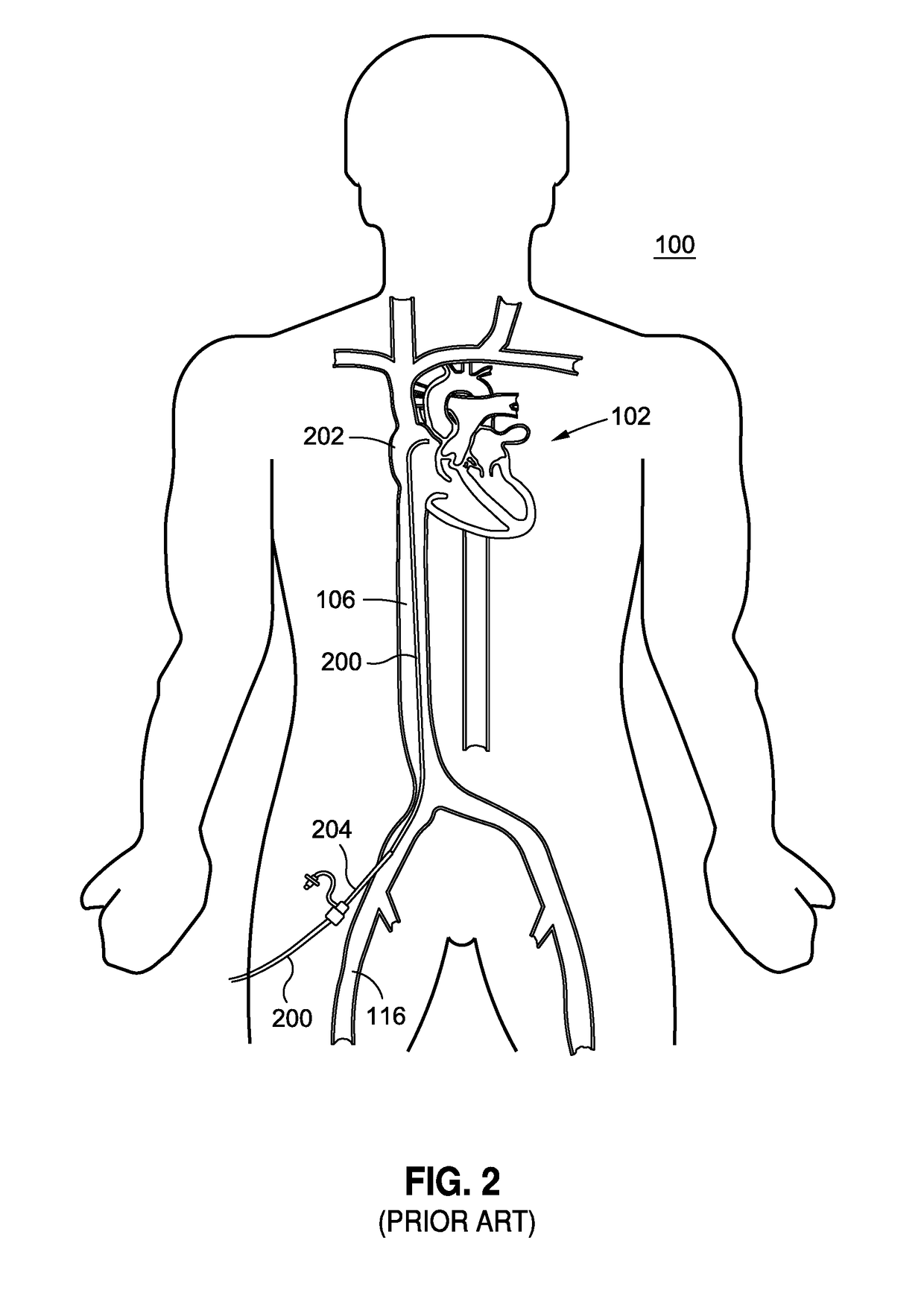High torsion delivery catheter element
a catheter element and high torsion technology, applied in the field of high torsion delivery catheter elements, can solve the problems of affecting the operation of the medical implant devi
- Summary
- Abstract
- Description
- Claims
- Application Information
AI Technical Summary
Benefits of technology
Problems solved by technology
Method used
Image
Examples
Embodiment Construction
[0025]As may be understood from this detailed description, as read in conjunction with the figures, a delivery system for transcatheter delivery, having features of the invention, is described. The context of the invention is explained above with initial reference to FIGS. 1-3.
[0026]With reference now to FIGS. 4-11, in some embodiments the invention includes a jointed system 800 for a delivery element suitable for use in delivering medical repair devices. In a preferred embodiment, the invention includes a first cylindrical segment 802 which is hollow, having a central bore 803 and a second cylindrical segment 804 which is hollow, having a central bore 805. Each of these cylindrical segments may be made from a metal or from a polymer, and may be cut from a parent cylinder using known micro-cutting means such as laser energy and micro-drilling. In other cases cylindrical segments may be constructed of braided or composite shafts or polymer extrusions with any number of internal lumen...
PUM
 Login to View More
Login to View More Abstract
Description
Claims
Application Information
 Login to View More
Login to View More - R&D
- Intellectual Property
- Life Sciences
- Materials
- Tech Scout
- Unparalleled Data Quality
- Higher Quality Content
- 60% Fewer Hallucinations
Browse by: Latest US Patents, China's latest patents, Technical Efficacy Thesaurus, Application Domain, Technology Topic, Popular Technical Reports.
© 2025 PatSnap. All rights reserved.Legal|Privacy policy|Modern Slavery Act Transparency Statement|Sitemap|About US| Contact US: help@patsnap.com



